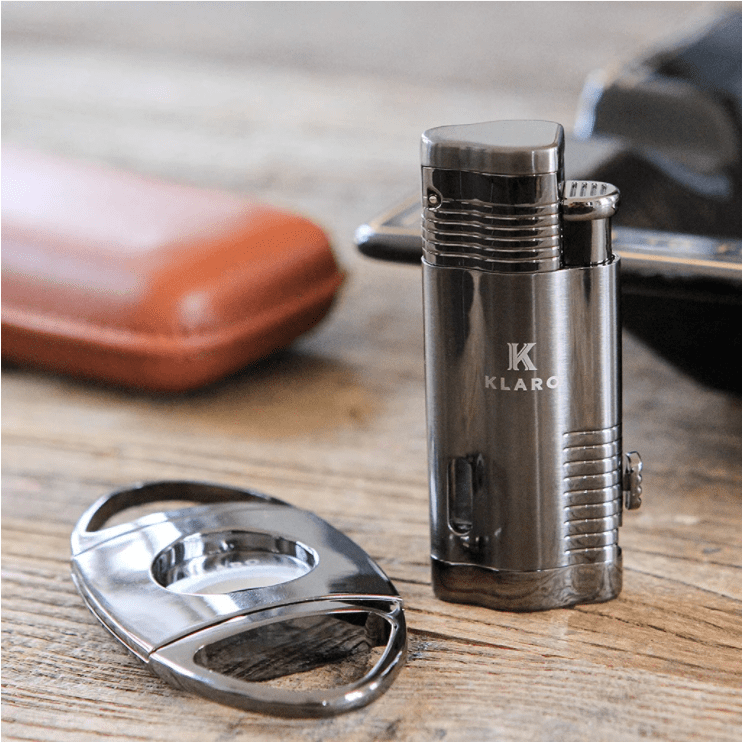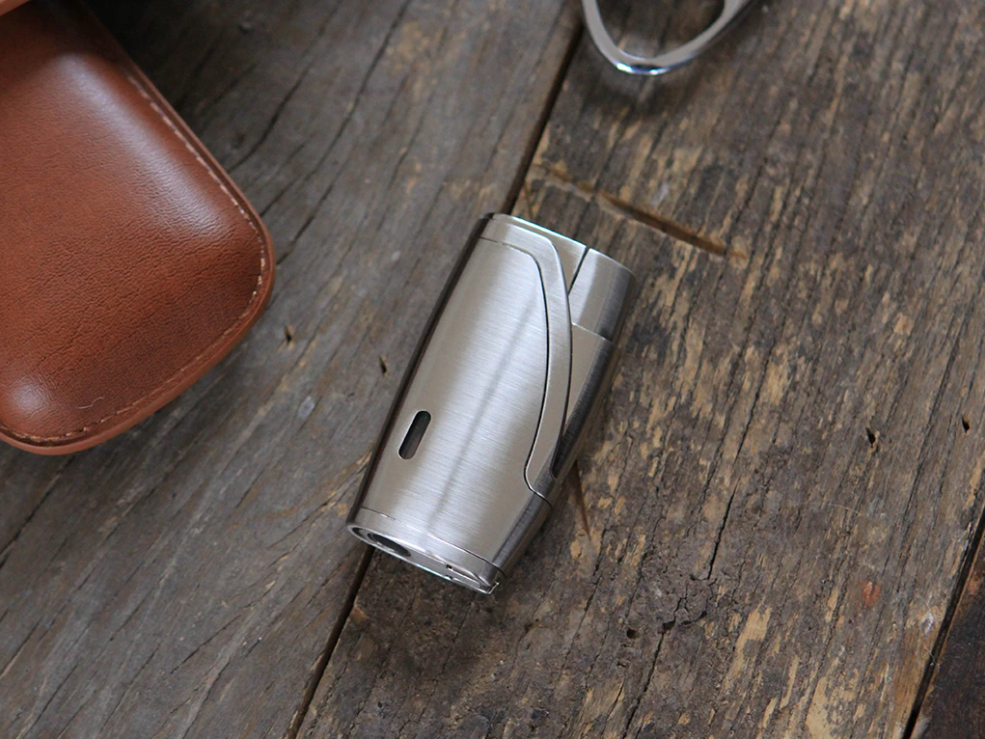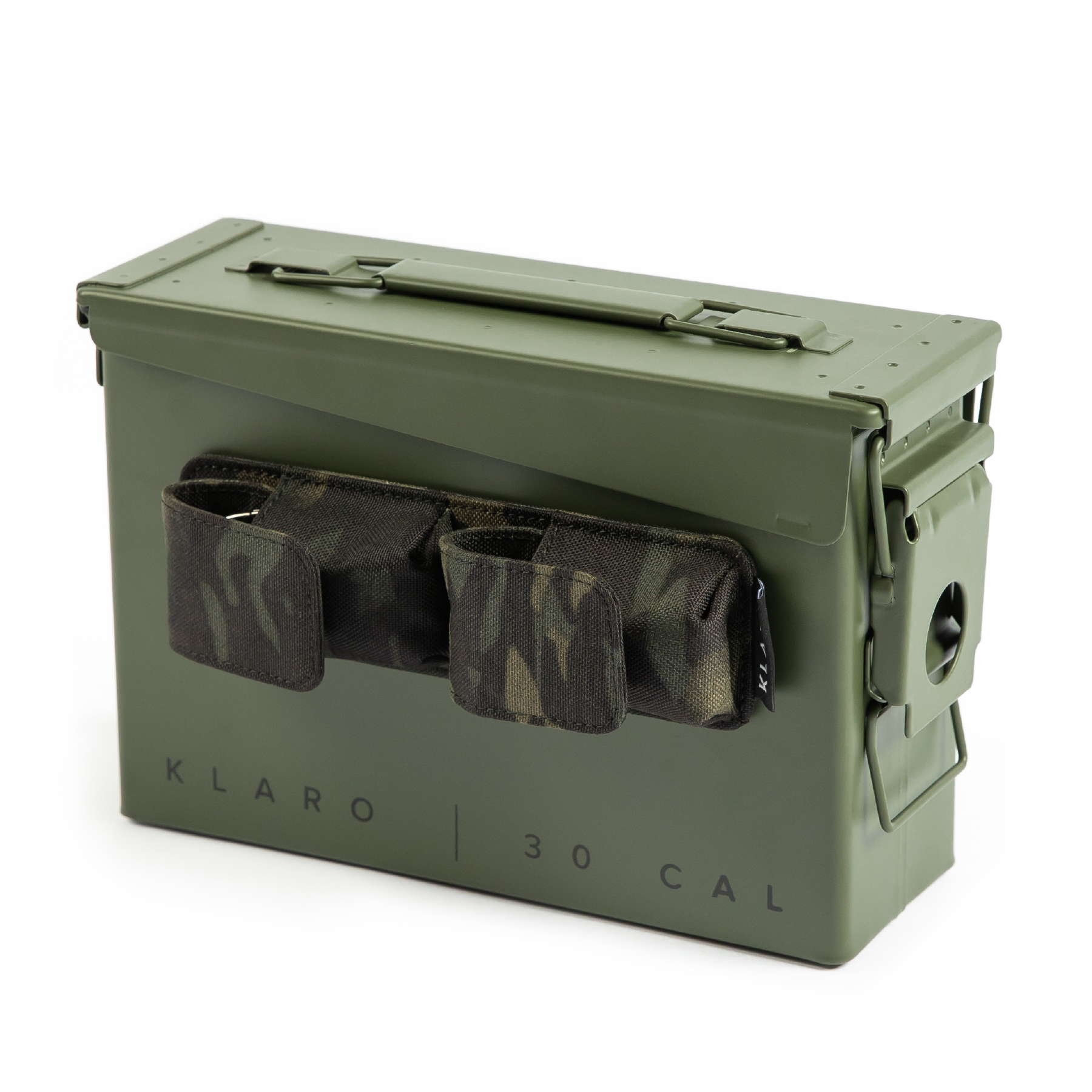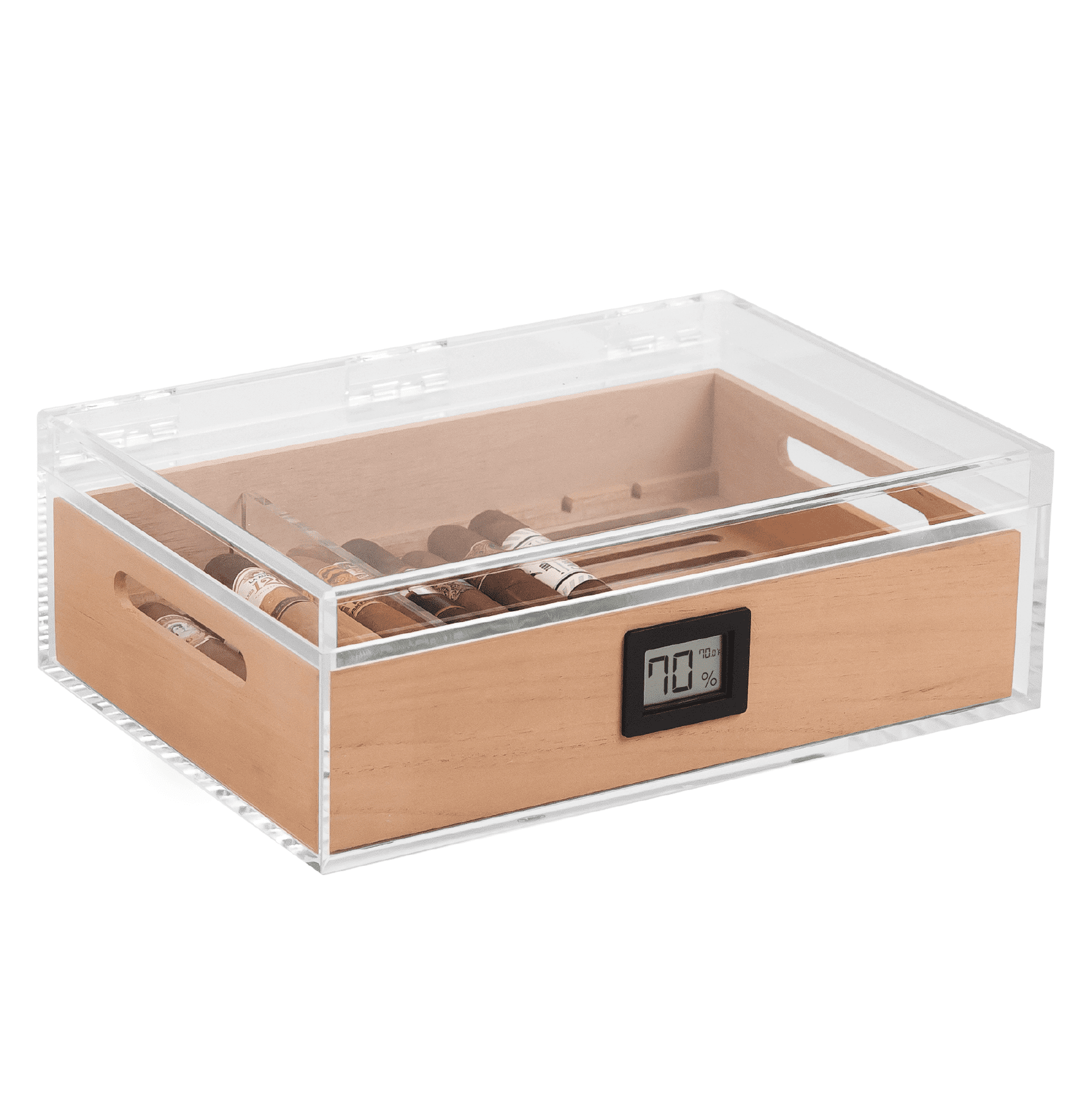
Along with a cutter and humidor, a quality torch lighter is a necessity for any cigar enthusiast. Process, aesthetics, getting the most from your cigar—without a good torch lighter, you might be missing out on part of the experience
We should agree on a simple standard, that gas-station lighters, zippers, and other soft-flame lighters—not to mention anything else out there you might use—are inferior. Furthermore, these are only acceptable means when you find yourself in a bind and without proper tools for the task at hand.
We hold more respect for the person who opts to leave cigars in their humidor and pay penance for forgetting to include a torch lighter rather than risk ruining a good cigar with an improper lighting mechanism.
Whenever possible, torch lighters of any kind are the preferred method.
There are consequences for a poorly lit cigar. Token issues include an uneven burn, tunneling, canoeing of the cigar, bitter taste, and having to relight your cigar often, potentially ruining a high-quality cigar. Let’s understand why torch lighters are able to create a better burn and delve into the different types available. Just as cigars vary in size, type, and quality, torch lighters vary depending on preference and how they’re used.
What Is a Torch Lighter?

Torch lighters use piezo-crystal ignition and refined butane fuel to produce an air-propelled flame that’s more consistent, reliable, and adjustable, perfect for lighting a cigar. Precision is key. Professional chefs don’t use a Bic to toast the top of crème brûlée.
Torch lighters use a pressurized, refined butane fuel to burn at a more even—and higher—temperature. They reach upwards of 2,500 degrees Fahrenheit. This is why the flame will often appear blue, which represents a cleaner and hotter burn. When the fuel is refined and burns more evenly, you ensure that each part of your cigar is receiving the same kind of heat and will likely also burn more evenly.
Unrefined butane can cause soot, bad odors, and can even potentially affect the taste of your cigars.
Torch lighters come in a variety of types, with the number of jets being the main differentiating factor. In addition, you’ll see all different styles available on the market, from multi-colored plastic models to classic, to the unique-tactical aesthetic. But you want to make sure you’re getting the right features and type that’s right for the kind of cigars you tend to smoke most often. Find one that can fit in your humidor or travel humidor, for example, and that feels comfortable when you light.
Why are Torch Lighters Ideal for Cigars?

Because of the design and fuel type of torch lighters, they produce a consistent flame, creating an even burn across the surface of your cigar when you initially light it, and then helping to control spot-lighting should your cigar begin to burn unevenly.
Cigars come in a wide variety of lengths and ring gauges, each affecting the overall burning experience. In America, larger gauge sizes have become more popular, and while a 50 ring cigar in the past would have been exceedingly large, today 70 ring cigars are not uncommon and hold a niche market.
Especially with larger cigars, it’s important to get an even burn at the start to maintain a consistent cherry. And with longer cigars, a good initial burn will help prevent and correct any burning issues that might affect quality. A torch lighter is the tool of choice, then.
Torch lighters on the market range anywhere from a single jet to a whopping six-jet lighter base. Similar to ring gauge, there’s a trend in outdoing the competition, and no sooner than a triple jet torch lighter was introduced to the cigar accessory market that a quadruple followed. But which one is right for you, and is there a place for each?
Single Jet
The single jet torch lighter isn’t to be dismissed as some antiquated, first-version of the torch lighter that no longer has use. Instead, if you’re going to own two torch lighters, I would recommend one of those be a single jet torch lighter for two reasons.
First, it’s perfect for touch-ups. Avoid any change to the spots on your cigar that are burning well with a single jet torch lighter you can use only on the spots that need some assistance.
Secondly, many prefer single jets to light larger, gauged cigars. They prefer the control one jet allows, as they methodically light each portion of the cigar rather than a multi-jet lighter that is lighting multiple areas at once.
Double Jet
Double and triple jet torch lighters create a wider flame, exposing more of the surface of the cigar to direct heat. Many cigar smokers enjoy these because it both helps them light the cigar more quickly, and creates a more even flame.
As you increase the number of jets, you distribute more burning fuel, which can be helpful outdoors when you need something windproof and extremely hot to light your cigar.
Triple, Quadruple, Etc.
At this point, it really becomes about personal preference when it comes to quadruple jet torch lighters and beyond. You widen the lighting surface somewhat, but some cigar enthusiasts would argue that, as you increase the number of jets, you even out the lighting spread so your cigar is receiving even burning, opposed to a double jet that only has two sources.
Just note: torch lighters with multiple jets will burn through your fuel far quicker than a single jet. So, maintain a close eye on your fuel levels. Do this with a torch lighter with a fuel window.
Symptoms of a Bad Light

So what do you risk when you get a bad light on your cigar? Is it simply annoyance with having to relight it a few times—and does that justify a six-jet torch lighter? Well, there’s more to it than that. And you could risk having to throw away the cigar completely if you don’t know the symptoms of a bad light and how to correct it before it’s too late.
Tunneling
When a lit cigar cools, it typically does so from the outside, in. The core, or center, will remain the hottest part. This is referred to as tunneling, when the outside rings stop burning and the middle core “tunnels” through, burning inconsistently. This can be the cause of user error—puffing too inconsistently, only lighting the center—or because of a poorly constructed cigar.
In either scenario, a single-jet torch lighter can help you touch up the sides to quickly get your cigar burning evenly again.
Canoeing
This occurs when one portion of the cigar burns quicker than the others, creating a canoe effect where one side of the cigar is burnt and the other sides remain untouched. Left uncorrected, the cigar will stop producing smoke and you’ll have to put it out, effectively wasting much of the cigar.
Similar to tunneling, canoeing can be due to the quality of the cigar, as some parts of the leaf burn more quickly than others. As soon as you notice this, use your torch lighter to spot-light the other portions of the cigar. If done too late in the game, the “canoe” will still burn well past the other portions.
Dwindling Smoke
If your cigar is having trouble producing smoke, something is obviously not acting as it should. Could be the quality of the cigar, not getting a good initial burn, not puffing frequently enough, or your cigar is too moist. Regardless, it’s a frustrating situation to find yourself in.
But with the right torch lighter and a humidor, you cut out some of these factors, keeping your cigar at the right moisture level, well-lit, and evenly spaced. Cut out as many variables as possible to make sure you’re getting the most from your cigar experience and that you have a solution when lighting problems get in the way.













